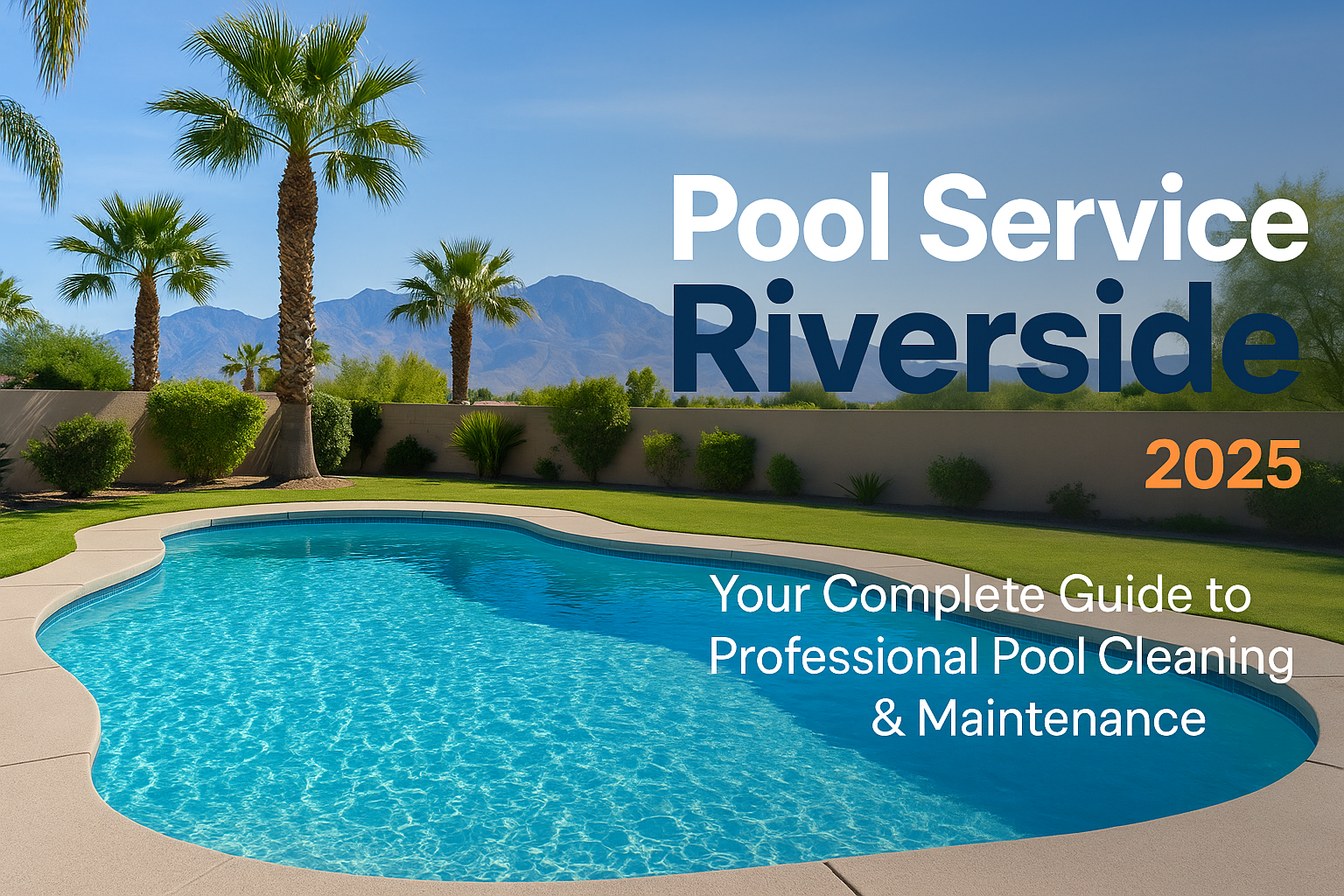Your pool pump is the single largest energy consumer in your pool system. Standard single-speed pumps operate like a light switch: either entirely on or fully off, regardless of actual need. This brute-force approach often leads to over-filtration and unnecessary power usage. Learn more about energy-efficient pool pumps from the U.S. Department of Energy.
Traditional heaters and halogen lights are notorious for energy inefficiency. These legacy systems draw significant power even when their output isn’t needed, especially during off-peak hours or in milder climates. Discover how pool covers reduce heat loss at EPA WaterSense.
You don’t need to spend five figures to go smart. Modern pool automation kits — including smart controllers, relays, and mobile app interfaces — are now available at consumer-friendly price points. Many offer plug-and-play setups that require minimal wiring.
Start with a smart pool hub, the brain of your system. It should integrate with your pump, heater, chlorinator, and lights. Ensure compatibility with your existing setup before purchase.
- LED Pool Lighting: Uses up to 80% less energy than halogen bulbs.
- Variable-Speed Pumps: Automatically adjust speed based on task, using only as much power as needed. Compare high-efficiency pool pumps at Energy Star.
- Smart Chlorinators: Maintain consistent sanitation with minimal chemical and energy waste.
These components, when automated, create a self-regulating ecosystem that minimizes waste. See California’s pool efficiency guidance at the California Energy Commission.
The Cost You Don’t See—But Keep Paying
Pumps That Don’t Know When to Quit
Your pool pump probably doesn’t care whether your water’s crystal clear or already clean. Most single-speed pumps have one gear: full blast. They churn away like an industrial mixer, even when they’re not needed — burning energy and money.
Lights and Heaters That Never Sleep
Old-school halogen lights and traditional heaters operate on brute force. No dimming, no context. If they’re on, they’re draining energy. Worse? Many run longer than needed because there’s no automation to shut them off when the job’s done.
Smart Pool Automation: Pay Less, Get More
Start Smart — and Under Budget
Today’s smart pool systems aren’t the futuristic luxury they once were. For under $1,000, you can grab a solid automation kit with app control, relay connections, and support for your pump, heater, and lights.
See the Return — Fast
Many pool owners report 30%–60% energy reductions in the first month. If your seasonal energy costs run $1,500, you could be looking at $500 or more back in your pocket. Most systems break even in a year or less.
Automating Your Way to Lower Bills: A Simple Setup
Step 1: Install the Smart Hub
This is your automation brain. It connects everything — pump, lighting, chlorinator — and makes them work together. Compatibility is key, so check your existing system first.
Step 2: Sync With Your Phone or Smart Speaker
Most modern systems play well with Alexa, Google Assistant, and your smartphone. From anywhere, you can start filtration cycles, lower the heater, or switch on eco-mode — all with a swipe or voice command.
Energy-Efficient Devices That Do the Heavy Lifting
LED Lighting
Swapping out your old halogens for LED pool lights can drop lighting energy use by 80%.
Variable-Speed Pumps
These adjust to your pool’s needs — running fast when needed, slower when not. Less energy wasted, more control.
Smart Chlorinators
These maintain perfect chemical levels without overworking the system, making both your energy and chemicals go further.
Costly Mistakes to Avoid
Timing It Wrong
Running your pump during peak energy hours can wipe out your savings. Smart scheduling lets you run it when energy is cheapest — typically at night or early morning.
Overdoing the Automation
Ironically, too much automation can backfire. If your system isn’t tuned properly, overlapping schedules or conflicting commands can lead to inefficiency. Keep it simple and streamlined.
Real Results: What Energy Savings Actually Look Like
Jim from Phoenix had a typical setup: single-speed pump, standard heater, basic lighting. His summer bills were north of $230 per month. After upgrading to a smart control hub, a variable-speed pump, and LED lighting, his monthly cost dropped to $108.
His story isn’t rare. It’s a repeatable success — and it’s one automation upgrade away.
Top Systems That Deliver Big Savings
- Pentair IntelliCenter: A powerful, user-friendly system with advanced scheduling and great app support.
- Hayward OmniLogic: Excellent for retrofitting older pools and offers cloud access.
- iAquaLink by Jandy: Known for sleek mobile control and energy tracking in real-time.
FAQs That Real Pool Owners Ask
Can I upgrade my current pool setup?
Yes. Most systems are designed for retrofitting. As long as your equipment is compatible, you’re good to go.
What kind of savings are realistic?
Most pool owners save between $400–$2,000 per year depending on size, climate, and current system efficiency.
Is it hard to install automation?
Many kits are DIY-friendly, especially for low-voltage components. For more complex systems, hiring an electrician may be worthwhile.
Products / Tools / Resources
- Smart Hubs: Pentair IntelliCenter, Hayward OmniLogic, Jandy iAquaLink
- Variable-Speed Pumps: Pentair SuperFlo VS, Hayward TriStar VS
- Smart LED Lighting: S.R. Smith Treo LED, Pentair IntelliBrite
- Mobile Control Apps: iAquaLink app, Pentair Home, Hayward Omni
